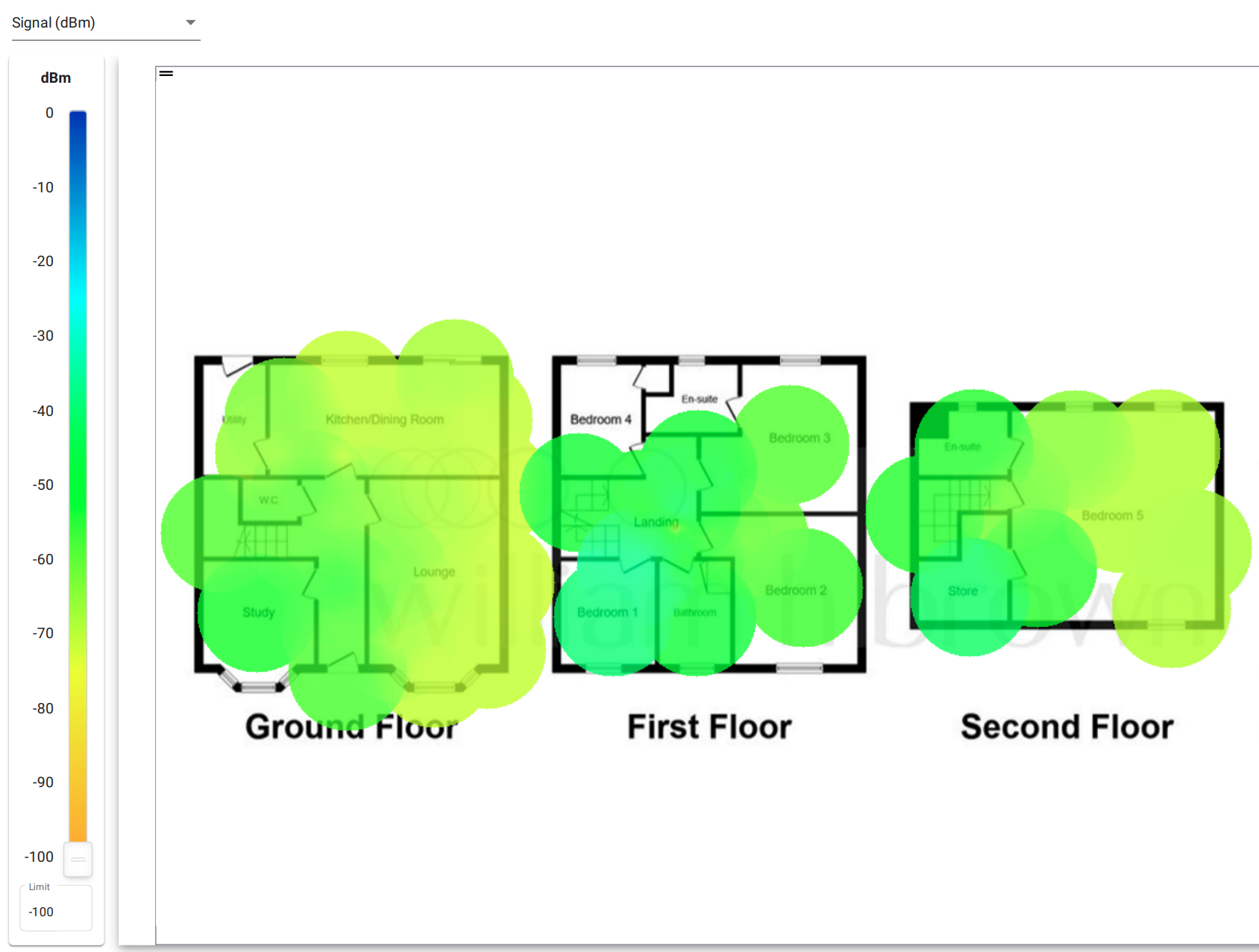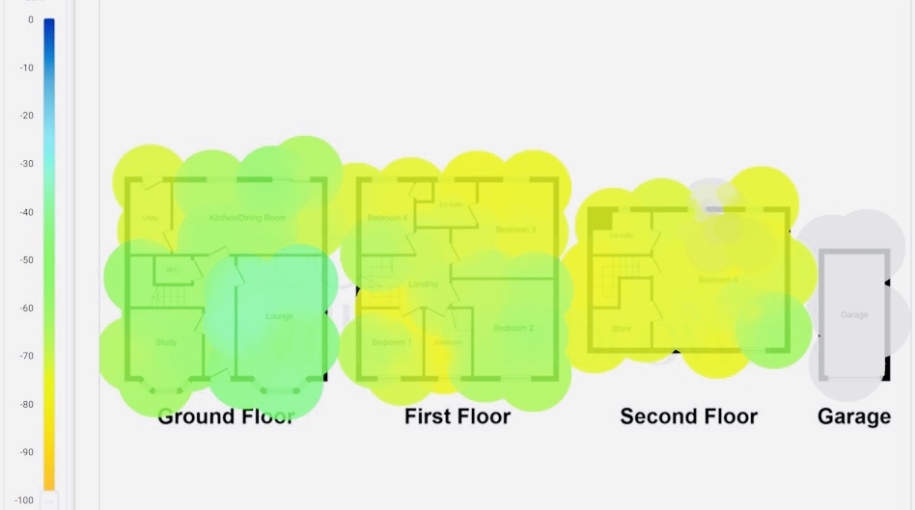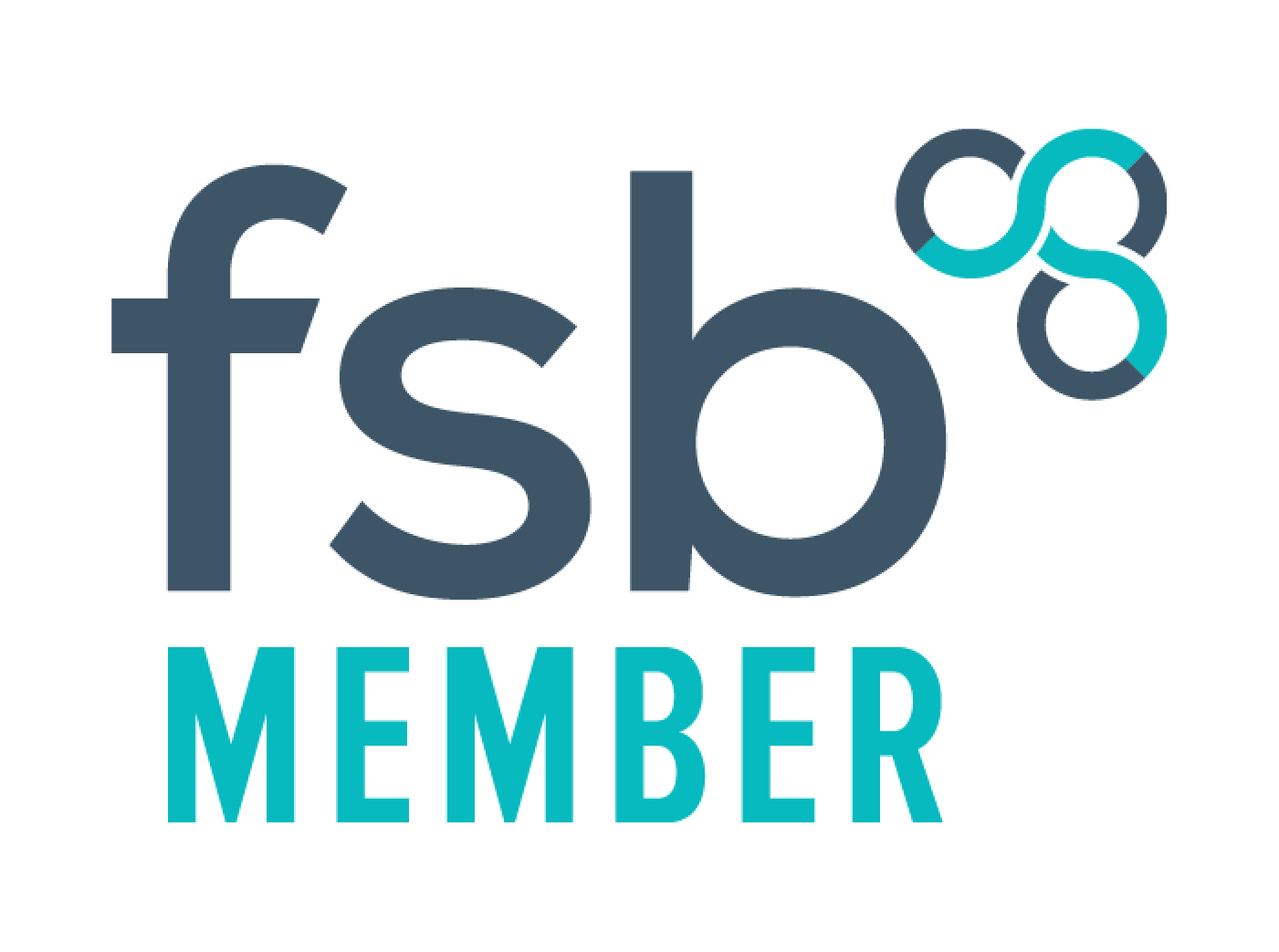1. Hardwire where possible
Connections achieved with fibre-to-the-building (FTTB) bring some serious advantages, the main one being speed and bandwidth. However, bottlenecks in internet speed can still occur inside your home with devices all sharing the same bandwidth. While Wi-Fi extenders can help the problem, the best way to guarantee the fastest and most consistent speed that your network provider gives, is by wiring up any compatible devices directly to the router using Ethernet cable. A hardwired connection can even be made using a shielded type of cable for maximum protection against electrical interference. This solution will free up bandwidth on your WiFi network.
2. Good access point coverage
The backbone of WiFi network performance is signal strength. Usually measured in decibel-milliwatts (dBm) starting at -100, which is the faintest possible signal, all the way up to -10 which is the maximum power Wi-Fi signals can receive.
Ensuring that you have no less than -60dBm signal usually indicates an okay level of coverage and will offer good speeds. However, to achieve faster speeds, connections higher than -40dBm are preferred. These levels can be measured by a telecom engineer.
How do you achieve these levels of signal strength or help improve what you suspect to be weak signal strength due to poorly performing devices? This can be broken down into two simple factors in most cases:
Distance, and obstacles.
The first factor is an easy one to tackle. Most homes aren't so huge that distance plays a main role in your signal strength. So, if you work from home, then this won't be a main cause of the issues.
Obstacles on the other hand, such as walls or anything metal, are the main headache when thinking about getting the best coverage. Ideally you will have line of sight to your access point (router) location. Routers hidden in cupboards or behind furniture may struggle to give the most powerful signal. Heavy-duty walls made of materials such as concrete, metal, or glass can also disrupt the signal strength.
Household objects such as fish tanks, bookcases, mirrors and heavy furniture may also cause signal problems.
Other electronic devices such as TVs, microwaves, mobile phones and baby monitors may also cause interference as they compete with each other for signal from the same router.
The easiest ways to remedy this problem is to either move whatever is causing the obstruction, move your existing router to another location, or install a new access point if required using Wi-Fi extenders or hard-wiring mounted access points on the ceiling or a wall.
3. Choose the right channel
WiFi operates on two different major frequencies: 2.4GHz and 5GHz.
Within these major frequencies are minor differences, called Channels. If there are too many devices all operating on the same channel, the amount of noise from all the other devices can drown out the signal you need to receive, and cause issues.
A simple way to understand channels is if you take ten walkie talkies and tell everyone to communicate on the same channel. You're going to hear everyone at once, and not understand a word of any of it.
Most routers automatically search channels to find the least crowded option. However, if your router doesn’t have this enabled you may need to log on to your router to switch that functionality on. If you need to change the WiFi channel manually, you should select a channel that is best suited for your situation, ideally one that isn't currently being heavily used.
If you are experiencing WiFi blackspots in your home, Millrose can help. Simply contact us for a WiFi survey.

Millrose Telecom WiFi survey
Ideal for homes or small businesses, this survey takes around an hour. We’ll discuss your WiFi objectives or concerns with you and perform a basic WiFi coverage check on our handheld device and measure the signal strength in dBm. If required, we can also produce a detailed AirMagnet heatmap report* which shows you the strength of the signal in various locations across your home using a colour key. Following our visit, we’ll send you a written summary of our findings and make recommendations on solutions to maximise your network coverage.
Contact us for a survey quote to get the best from your WiFi network.





